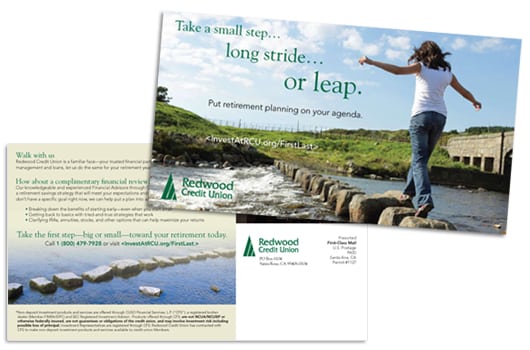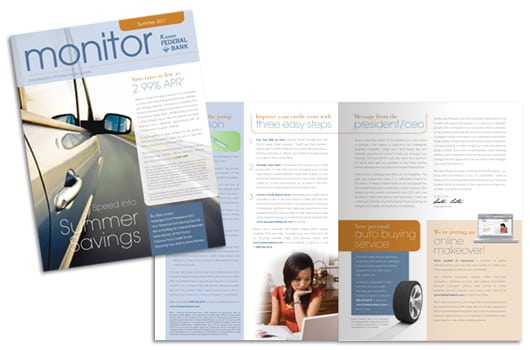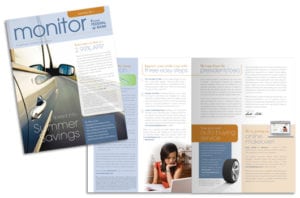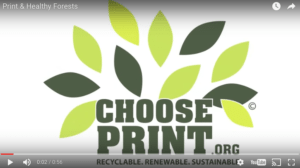
You need to sell your products and services to consumers. And, just like most people, you probably make generalizations about those consumers. When it comes to creating a direct marketing plan you may think young people are always online and mature consumers prefer more traditional forms of media. But let’s take a minute and examine some recent research about media usage and various demographics.
Let’s start by taking a look at a demographic group that cannot be ignored. The millennial generation makes up 25% of the U.S. population surpassing the baby boomer generation by 7.7 million. Millennials are the most educated, most diverse, and most connected generation in history.
Marketing Solutions
A recent report about media consumption and millennials found that, while they spend a lot of time online, 50% have engaged with print media within the past seven days.
- 57% Read direct mail
- 49% Read a magazine
- 45% Read a billboard
When you dig down into these categories the similarities between millennials and baby boomers are interesting.
Direct Mail
In a world where most people have email addresses and smart phones direct mail still holds its own as an important marketing solution. A 2015 Gallup poll found that four in 10 Americans actually look forward to checking their mail. The report concluded that, “checking what the letter carrier brings each day remains a positively anticipated experience….”
- Under 30: 36%
- 30-49 year olds: 36%
- 50-64 year olds: 41%
This data from Gallup shows that a direct marketing campaign will get your message to your intended demographic. And, according the USPS, once they receive your mail they’ll open it. The 2014 Household Diary Study found that 41% of people immediately read mail sent to their house.
- 22-24 year olds: 41%
- 25-34 year olds: 37%
- 35-54 year olds: 41%
- 55-64 year olds: 44%
The numbers are even higher with political mail. About two-in-three Millennials are likely to search for information about a candidate (66 percent), as well as the opponent (63 percent). And their search usually leads directly to the candidate’s website (54 percent).
Based on this research it appears that when it comes to direct mail, there are more similarities between millennials and baby boomers then we may have realized.
Publications
When it comes to reading magazines, media and consumer research firm GfK MRI found that on average:
- Millennials read 8.9 magazines per month
- Boomers read 9.2 magazines per month
Print publications have a unique advantage over online media that should be considered by companies looking to market their products and services. According to research conducted online within the United States by Harris Interactive on behalf of Goo Technologies, 82% of Americans ignore online ads. Ignoring an ad is much harder in a print publication.
It may be stats like these that encouraged UK based Swipe Magazine to begin a print publication. It’s quite ingenious if you think about it. They took what they feel is the “best of the Internet” and turned it into a magazine. Now they can hit both demographics, millennials and baby boomers.
Outdoor Advertising
And, what about the third marketing solution mentioned in the media consumption report I sited earlier? A report from Marketing Sherpa found that when it comes to billboards, while there was no significant age difference among men, it did find that female millennials (21%) were more interested in billboards compared to female boomers (13%).
Baby Boomers Online Activity
As we’ve seen print media is popular with both millennials and baby boomers. At the same time it’s important to note that, according to an article in Adweek, baby boomers actually spend more time consuming online content than any other generation.
So, if millennials enjoy print media and baby boomers spend a lot of time online, then the real take-a-way from all this research and data is simple. When you need to sell your products and services to consumers you must consider an integrated marketing communication solution. A solution that includes anything from personalized postcards to animated videos, email marketing to litho printing with foiling and embossing, electronic newsletters to a point of purchase display.
This has to be the most exciting part about being in this industry. We take the latest research and create multi-channel marketing solutions for our clients.





